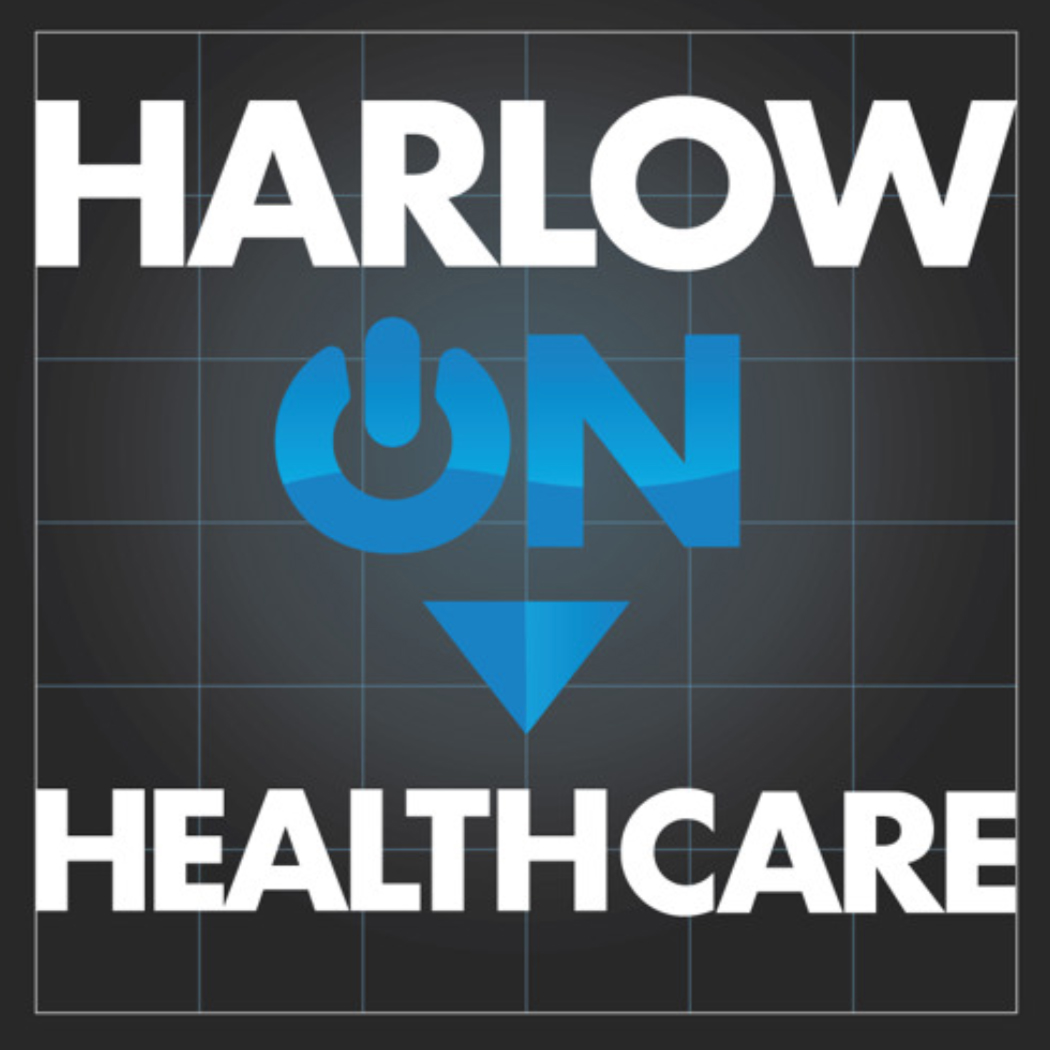Item: CBO says EHRs don't really save money after all.
Item: DoD is hard at work undermining VistA (developed over years at taxpayer expense and now in the public domain) and replacing it with a zillion-dollar military-industrial complex "solution."
Item: ONCHIT's two-years-overdue report on the development of a National Health Information Network and expansion of EHR use comes out and seems to come from another planet.
All in all, the federales seem hell-bent on screwing up what could be a good thing — or are they?
The headlines on the CBO report ignore the full story: EHR adoption alone won't help — adoption needs to be followed by changes in practice. For a good (but long) review of the CBO report and other prognostications on the future and value of EHRs, see Mark Frise's Policy Blog. Score one for the bureaucrats.
Health Beat is beating the drum on DoD's undermining of VistA, and the approach described there seems to be of a piece with the ONC's report, which continues to recommend pushing development into the private sector, and — as pointed out in a scathing review on The Health Care Blog, seems blissfully unaware of the existence of the Internet, and its use for secure transmission of health information. While I am not technologically savvy enough to appreciate the potential shortcomings of VistA, a bunch of techies are lined up behind it, and it has encouraged a fair number of businesses to sprout up based on tweaking and implementing it in various settings. The ONC report just seems to confirm folks' worst fears about government – too big, unwieldy and out-of-touch to do much good. It is a striking contrast to the VA that nurtured the development of ViistA and that has managed to eke significant improvements and cost savings out of its vast system, thanks in part to VistA.
Bottom line: EHR systems have potential to do good, but they need to be implemented in a sensible, cost-effective and interoperable manner, and clinicians need to make the best use possible of the intelligence that they can help us gather and process.
Sounds obvious, right? So why isn't this just happening?
One issue is, of course, the cost of implementation. The feds have taken a variety of baby steps in the right direction (e.g., the recent EHR demonstration project grants), and some pending legislation might go further (see links to legislation in a previous HealthBlawg post), but EHR adoption is held up by the initial cost (equipment, software, training, lost productivity while learning the system) to smaller providers and provider networks across the country.
Another is the resistance by many seasoned clinicians to change their practice patterns, even in the face of evidence. Pay for performance incentives may assist in moving these behaviors around, but payors in the U.S. seem stuck at a ceiling of about 5% of total compensation being tied to performance. (Maybe it's the fear of paying to get someone healthier and then have that patient switch insurers next open enrollment, thereby losing the benefit of that investment).
There are other reasons, too, I'm sure . . . . I've gotten a little off the mark here and perhaps dangerously close to arguing for a single payor system (which I hadn't meant to do), and this issue is closely connected to a host of others, so I'll just stop here for today.



“There are other reasons, too, I’m sure . . . . I’ve gotten a little off the mark here and perhaps dangerously close to arguing for a single payor system (which I hadn’t meant to do), and this issue is closely connected to a host of others, so I’ll just stop here for today.”
This is likely the beginning point of a great blog entry. 😉 Keep the thought going. It is being proven everywhere else in the world.
I commented yesterday on the chronic care discussion going on at http://newtalk.org , and found myself arguing in favor of single payor again . . . . Check it out at link to newtalk.org